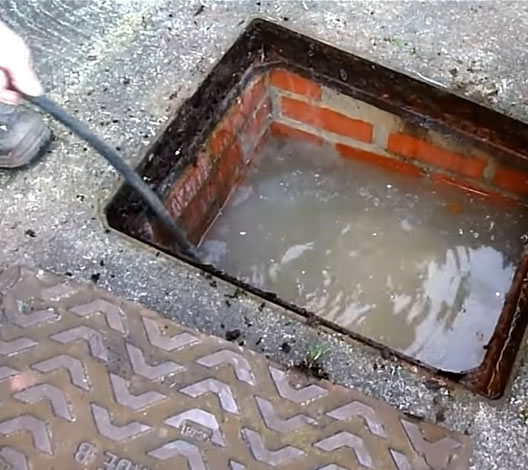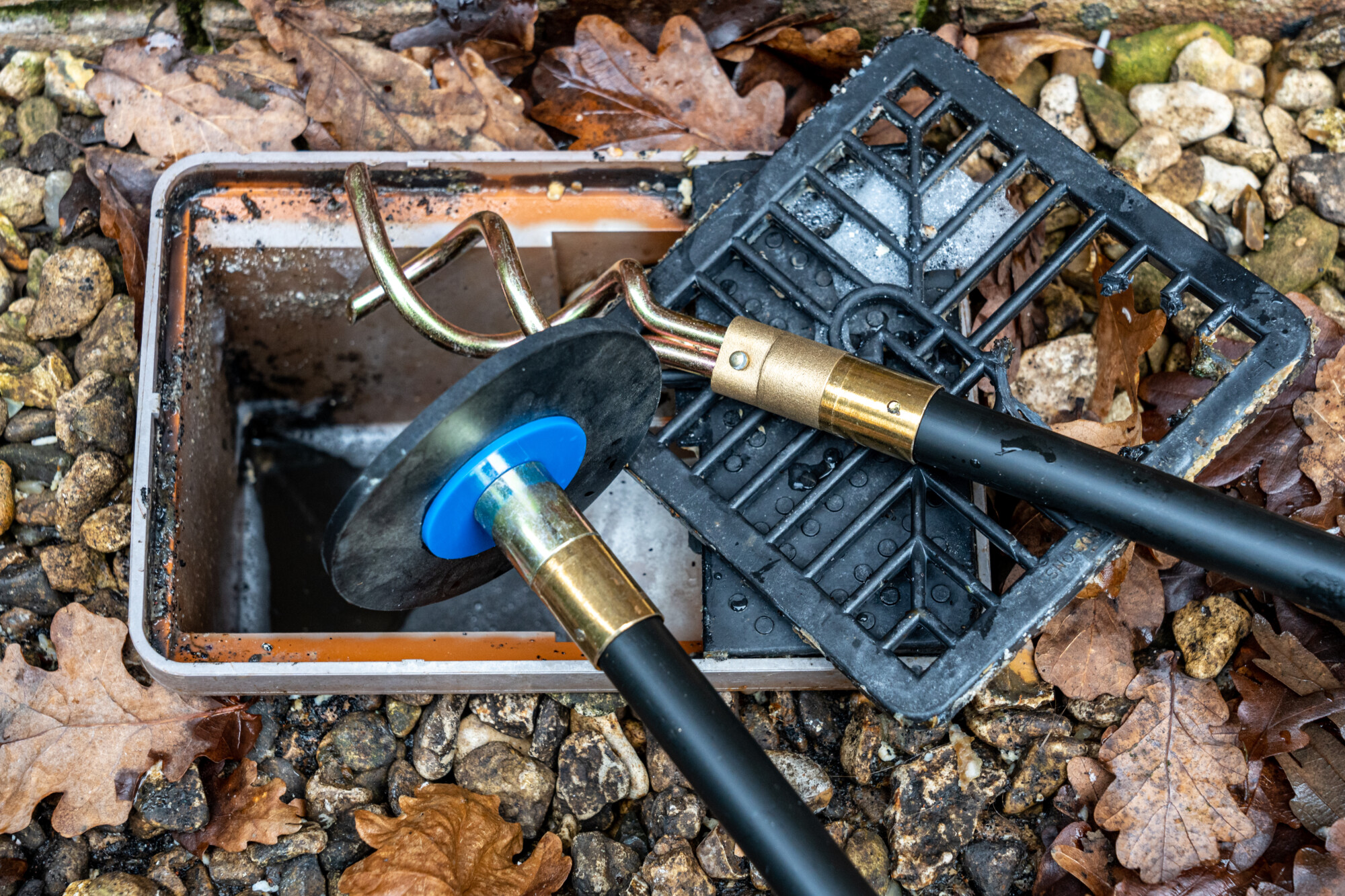Approaches to Address a Blocked Drain Before Calling in Professional Help
Approaches to Address a Blocked Drain Before Calling in Professional Help
Blog Article
Just how do you actually feel with regards to Some easy tips to fix blocked drains?

Introduction
Managing a blocked drain can be an aggravating experience, interrupting everyday activities and potentially creating damage to your home. However, prior to reaching out to plumbing specialists, there are steps you can take to attend to the problem yourself. In this overview, we'll explore do it yourself solutions and safety nets to deal with a blocked drainpipe properly.
Identifying the Problem
The primary step in attending to an obstructed drain is acknowledging the indicators. Sluggish drain, gurgling audios, foul odors emanating from drains pipes, or water support up prevail indications of a blocked drainpipe. Recognizing these indicators early can assist prevent even more problems.
Usual Root Causes Of Blocked Drains
Understanding the aspects that add to drain pipes clogs is crucial for reliable resolution. Common offenders include hair, soap residue, grease, food debris, and international items like sanitary products or paper towels. Tree roots getting into underground pipes can likewise cause substantial obstructions.
DIY Solutions
For small blockages, numerous do it yourself remedies can be efficient. Pouring boiling water down the drainpipe can aid liquify oil and particles. Baking soda and vinegar or a combination of salt and baking soda can function as natural cleaners. Utilizing a plunger or pipes serpent to displace blockages is an additional option.
Tools and Tools
Having the right tools on hand can make do it yourself drain cleaning up more effective. A plunger is a functional tool for getting rid of blockages in sinks, bathrooms, and showers. A pipes snake or auger can reach deeper blockages, while drainpipe cleansing chemicals can be utilized cautiously for persistent clogs.
Safety nets
To prevent future blockages, taking on preventive measures is important. Mount drainpipe guards or filters to catch hair and particles before they get in the pipelines. Routinely flush drains with warm water to liquify oil accumulation, and prevent taking care of grease or strong waste away.
When to Call a Specialist
While do it yourself options can fix minor blockages, certain signs suggest the requirement for expert support. Consistent clogs, foul odors regardless of cleansing efforts, or multiple drains supporting at the same time are red flags that call for skilled treatment.
Choosing the Right Pipes Service
When choosing a pipes service, consider variables such as experience, licensing, and client reviews. Pick a reliable plumbing with a record of high quality handiwork and transparent prices practices.
Price Considerations
The cost of expert drainpipe cleaning services can vary depending upon the seriousness of the clog and the plumbing professional's rates. Demand quotes from numerous service providers and inquire about any type of surcharges to make certain transparency and prevent shocks.
Security Precautions
When trying DIY drainpipe cleaning, focus on safety and security. Wear protective gloves and eyeglasses to avoid contact with damaging chemicals or germs. Never ever blend different drain cleansing items, as this can create harmful fumes.
Situation Researches
Real-life instances illustrate the efficiency of DIY solutions and the relevance of prompt specialist intervention in dealing with drain obstructions.
Verdict
By complying with the pointers detailed in this guide, you can properly take on blocked drains and stop future pipes concerns. Whether opting for DIY services or looking for specialist help, prompt activity is crucial to maintaining a healthy and balanced pipes system and preserving the honesty of your home.
How to Clear a Clogged Drain Yourself (And When to Call In the Professionals)
What Can Clog a Drain
Dirt Skin flakes Hair Grease Soap scum Food Offset pipes Tree roots Small objects Mineral buildup DIY Tricks to Unclog a Drain
You can fix this! Once you have identified the source of the clog (or have a vague idea), you can try one or a combination of these fixes in order to clear your plumbing.
Wire Hanger or Snake
Untangle and clear out hair from a drainpipe with a homemade snake. Use a straightened-out wire hanger with a 90-degree angle hook to locate the clog and drag out any unwanted material.
Remember not to push the clog further down to where the wire hanger cannot reach! If you need to follow up with a plunger, give it a try. Your efforts might be more successful after it’s been wire-snaked.
If you want to get fancy and don’t have a wire hanger to spare, head to the store and pick up a hand-operated drain snake. You can get one for $10-$30. It may save you the hassle, and provide additional length to reach deep into the clogged pipe.
Plunger
A cup plunger has a suction cup attached to a wooden handle. The rubber creates a seal around the drain, and increases the pressure force of the plunger.
Plunge for 30-second increments to loosen the clog. This may need to be repeated over the course of 15-20 minutes. Once plunged, run the water to flush the remaining material out of the drain.
Remember– never use a plunger if you have used a chemical drain cleaner. These chemicals can splash up from the force of the plunger and cause serious injury or burns.
Boiling Water
Hot water can sometimes break up materials into a flushable amount. Dirt, grease, and soap buildup requires heat in order to unstick from surfaces.
Take your kitchen kettle and heat your water to a boil. Once it reaches a rolling boil, pour it directly down the drain into the blockage. Carefully follow with plunging, if necessary.
Don’t worry if this takes more than one try! It can often take multiple kettles and repeated plunging in order to clear a particularly stubborn clog.
Chemical Drain Cleaner
As a last resort, pick up a bottle of chemical drain cleaner. Drain-cleaning chemicals are potent, and not very good for the environment.
You may need to wear protective eyewear in gloves before handling your bottle of chemical drain cleaner. Follow the instructions printed on the bottle, and flush with water as soon as the instructions allow. Do not follow with plunging.
Baking Soda and Vinegar
As a safer alternative to chemical drain cleaner, baking soda and vinegar can create a chemical reaction that clears tough clogs.
Combine one cup of cleaning vinegar with one cup of boiling water, and set aside. Once you have done this, pour half a cup of baking soda down the drain. Give the baking thirty seconds to settle and cover a large portion of the problem drain.
Following the baking soda, pour down your vinegar and hot water solution. Once the vinegar and baking soda combine, the mixture will bubble and fix. Let this reaction fizzle in the drain for about an hour.
After an hour, follow with a kettle’s worth of hot water. The heat and liquid should flush out any remaining material.
When to Call a Plumber
If your DIY attempts haven’t cleared your clog drain, it’s time to call in a professional. It’s not worth losing access to your kitchen sink or high-traffic bathroom. A clog in a vital area can keep you from the things you’d rather be doing, and derail your routine.
Anytime a clog is causing water to spread is a time to call in a plumbing service. What starts out as a little bit of water can quickly grow into serious, expensive water damage.
Additionally, a serious clog can result in burst pipes or serious leaks. Make sure you know when to take it seriously!
https://myguysnow.com/how-to-clear-a-clogged-drain-yourself-and-when-to-call-in-the-professionals/

I'm just very curious about 8 Tips For Clearing A Blocked Drain and I am assuming you enjoyed my blog entry. Enjoyed our article? Please quickly share it. Let others discover it. We recognize the value of your readership.
Website Report this page